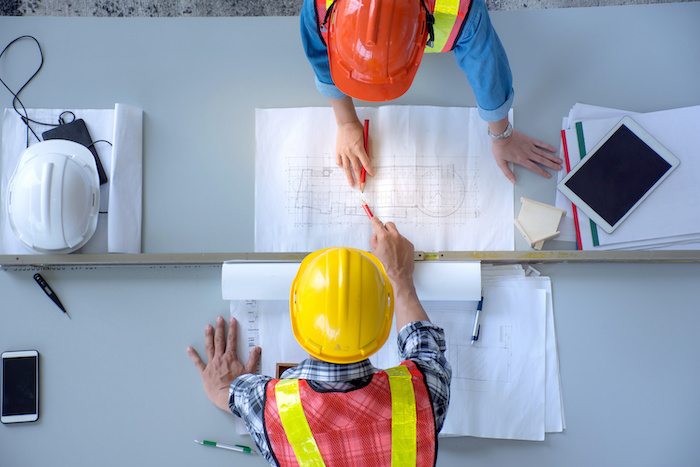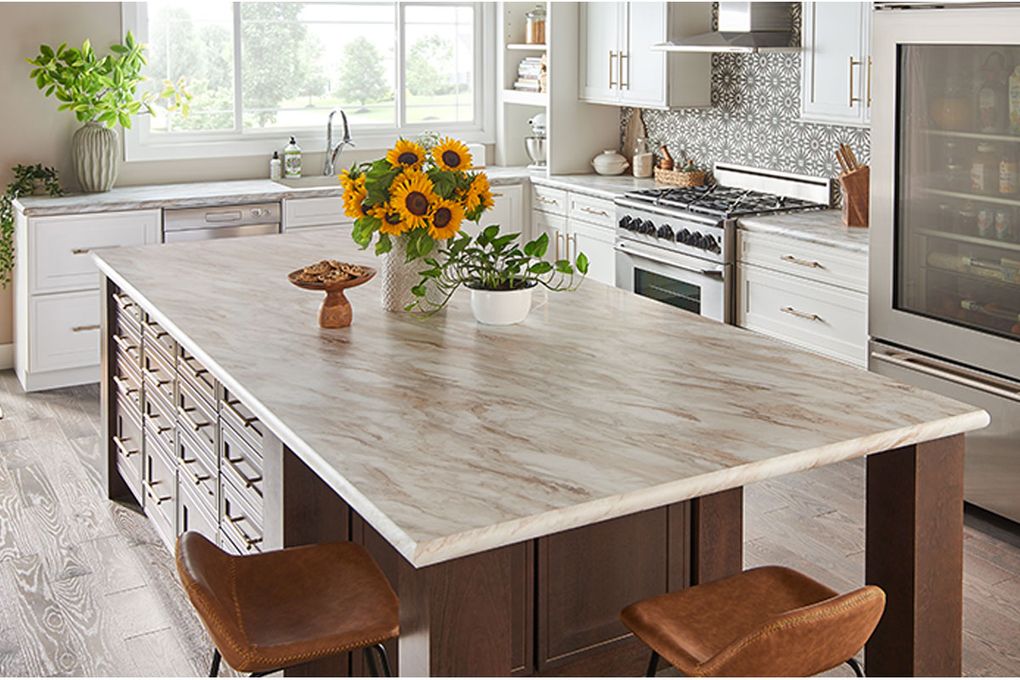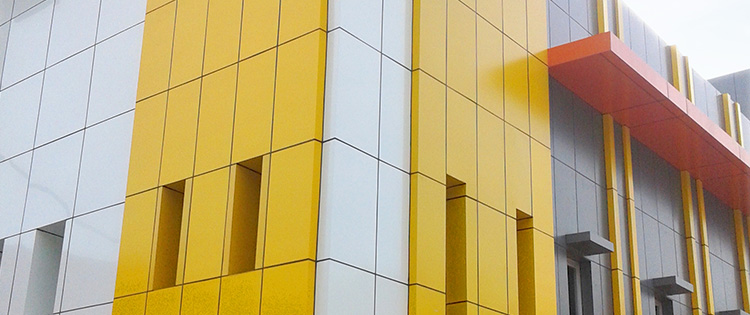5 Key Considerations When Constructing Agricultural Steel Buildings
[ad_1]

In the construction industry, wood is probably one of the most popular materials used. But with technological advancements, steel has become a more viable option, especially in the agricultural field.
Agripreneurs are now taking advantage of steel buildings for their agricultural projects. And since this type of structure has a lot of benefits, it’s no surprise that its popularity is on the rise.
So, if you’re planning to put up an agricultural steel building, here are the key considerations you need to take into account:
1. The Building Purpose
Agricultural buildings serve various purposes, such as housing livestock, storing hay and farm equipment, and others. Each structure has different requirements. For example, a livestock barn needs a spacious interior with good ventilation, while a machine shed must be tall enough to house large equipment.
You may construct a single agricultural steel building that serves all the purposes mentioned. But this approach may not be practical and economical as you might end up with a cramped and cluttered structure. It’s better to have a separate building for each function. This approach will also enable you to determine the correct size, layout, and other structural features.
And since steel material offers versatility, you can easily modify the building’s design and layout in the future as your needs change. That means forming or creating the desired shape and size becomes straightforward.
2. Construction Budget
The construction budget is probably the first thing you need to consider when putting up any type of building. After all, you want to ensure the project stays within your budget.
You can find steel services that provide an all-in-one solution. These companies can help you design, construct, and deliver steel agricultural buildings. They can also offer you a competitive quote that fits your budget.
It’s also essential to note that construction costs aren’t limited to materials and labor alone. Other factors include permits, professional fees, and site preparation costs. It’d be best to have a clear idea of all the costs involved before starting the project to avoid any financial difficulties along the way. And more importantly, don’t forget the construction timeframe, as this can also affect your budget.
3. Climatic Conditions
The climate in your area will also dictate the kind of agricultural steel building you need to construct. If you live in a location with severe weather conditions, you need a structure that can withstand extreme temperatures, high winds, and heavy snowfall.
A closed steel building with proper ventilation is the best option in those cases, especially for the animals. Alternatively, an open steel building will suffice in places with a moderate climate. You can also opt for a steel structure that combines open and closed spaces. This design is ideal if you want to have the best of both worlds. Ensure that the framework is appropriately anchored to avoid damage during strong winds.
Furthermore, it’s also best to consider the orientation of the site. An agricultural steel structure can be quite hot during summer and cold during winter. So, it’s essential to orient the building to minimize the impact of the extreme temperatures.
How? By making sure that the building’s longest wall is facing the north. This way, the steel building will be shielded from the harsh sunlight during summer. And in winter, the sun’s rays can penetrate the structure and help keep it warm.
4. Building Permits and Zoning Regulations
Before you start the construction process, it’s crucial to secure all the necessary permits and follow the zoning regulations in your area. Otherwise, you might get into legal trouble, which can cause delays in your project.
To avoid any hassle, it’s best to consult with the local building department first. They can guide you through the process and help you determine the requirements you need to comply with, resulting in a smooth sailing construction project.
You may also ask a qualified professional specializing in this field for assistance. This professional can help you with all the documents needed and ensure that your project adheres to the zoning regulations. This approach can save you time and effort as you won’t have to deal with the paperwork yourself.
5. Proper Ventilation, Insulation, And Lighting
As mentioned earlier, agricultural steel buildings need proper ventilation to ensure the health and safety of the animals and other occupants. The building must have a ventilation system to regulate the temperature and humidity levels. This allows fresh air to circulate and prevents the buildup of harmful gases.
Furthermore, the agricultural steel structure must be adequately insulated to keep the temperature inside at a comfortable level. The insulation will also help minimize the noise coming from outside, making the environment more conducive for the animals.
And since agricultural buildings are also used for storing equipment, it’s essential to have good lighting. This way, you can easily find the tools and other materials you need, even in the middle of the night. The same goes for the animals. Good lighting will help them feel more comfortable and at ease.
The Bottom Line
Agricultural steel building projects are no easy feat. But with careful planning and consideration, it can be a success. Just remember the crucial guidelines discussed in this article, and you’ll be on your way to constructing a durable and long-lasting agricultural steel building.
[ad_2]
Source link




:max_bytes(150000):strip_icc()/GettyImages-559025517-2000-b3bece30a9074ec3958a4d39f69f2a79.jpg)


